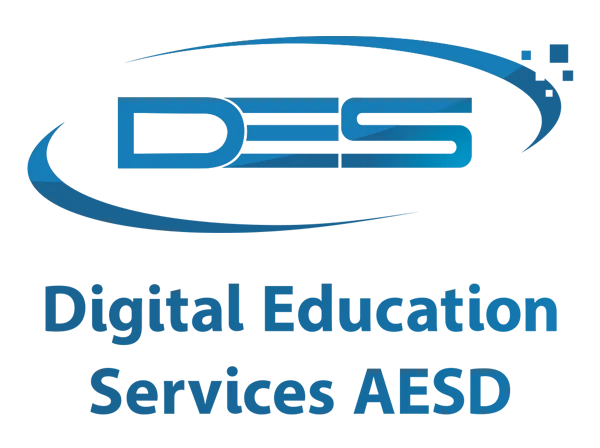Assistive Technology
Hello everyone, and welcome to the AESD Assistive Technology website. This site will be your one stop shop for everything relating to AT in the district. Please take some time to familiarize your self with the site, and please feel free to share any questions and comments.
Sincerely,
Tara Pinca: Program Specialist AESD
What is Assistive Technology?
According to IDEA (1997) and the Regulations Governing Special Education Programs for Children with Disabilities, an AT device is defined as:
any item, piece of equipment, or product system, whether acquired commercially off the shelf, modified, or customized, that is used to increase, maintain, or improve the functional capabilities of a child with a disability.
This broad definition includes a wide variety of items that might be considered assistive technology devices. Consideration of devices should include, but not be limited to the following areas of need:
- Writing
- Spelling
- Reading
- Math
- Study/Organizational Skills
- Listening
- Communication
- Activities of Daily Living
- Recreation, Leisure, and Adaptive Play
- Positioning, Seating, and Mobility
- Computer Access
What is Educational Technology?
Educational Technology encompasses knowledge about and use of computers and related technologies in (a) delivery, development, prescription, and assessment of instruction; (b) effective uses of computers as an aid to problem solving; (c) school and classroom administration; (d) educational research; (e) electronic information access and exchange; (f) personal and professional productivity; and (g) computer science education.
What Makes up an AT Assessment Team?
It is recommended that the AT assessment team be comprised of individuals with the collective knowledge and skills needed to determine possible AT solutions that address the needs of the student. Typically, there are five basic team members that must be represented on every team making decisions about assistive technology:
- A person knowledgeable about the student; that may be the student and/or parents or other family members.
- A person knowledgeable in the area of curriculum, usually a general or special education teacher.
- A person knowledgeable in the area of language, usually a speech/language pathologist.
- A person knowledgeable in the area of motor, often an occupational and/or physical therapist.
- A person who can commit the district’s resources, not only for purchase of devices, but to authorize staff training and guarantee implementation in various educational settings, usually an administrator.
There can be any number of additional team members with a variety of backgrounds:
- Audiologist
- Computer Specialist
- Counselor
- Early Intervention Specialist
- Instructional Assistant
- Nurse
- Physician
- Rehabilitation Engineer
- Social Worker
- Teacher of Hearing Impaired
- Teacher of Visually Impaired
- Vocational Counselor
This is not an exhaustive list. Each student’s team should be unique and customized to reflect the student’s needs and strengths. Anyone who has the potential to contribute to the decision-making or implementation may be invited to participate on the team. When team members share roles and responsibilities and integrate their knowledge and findings, then assistive technology becomes a team responsibility and the AT assessment process does not rely solely on one team member and his/her area of expertise.

